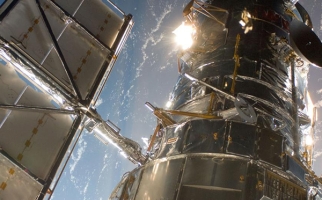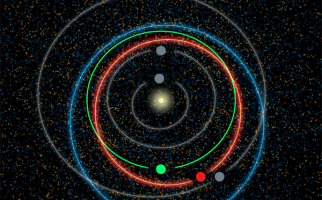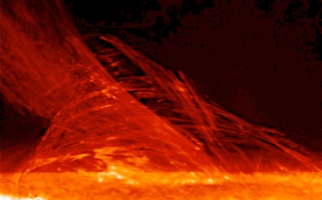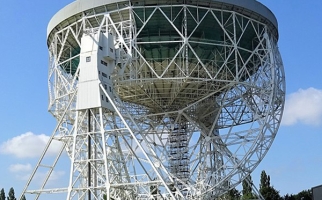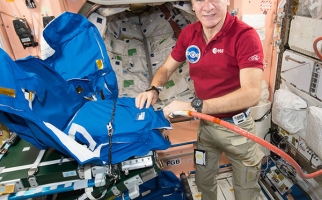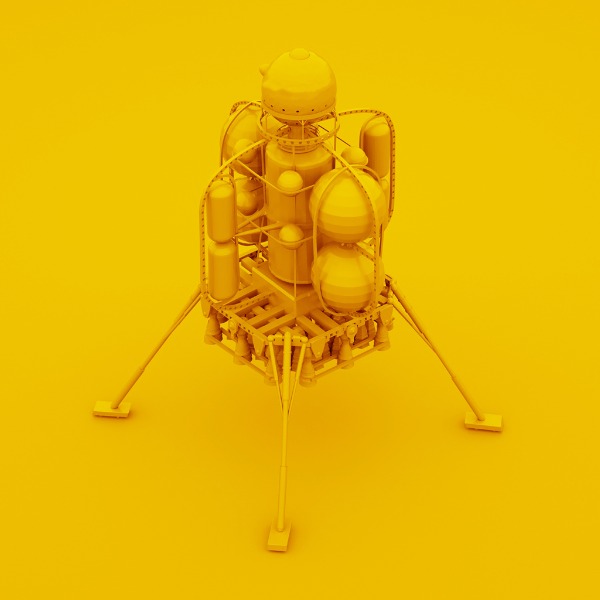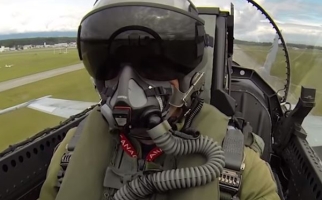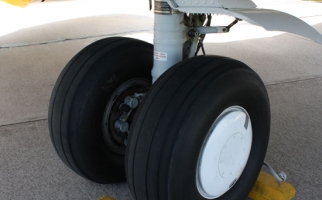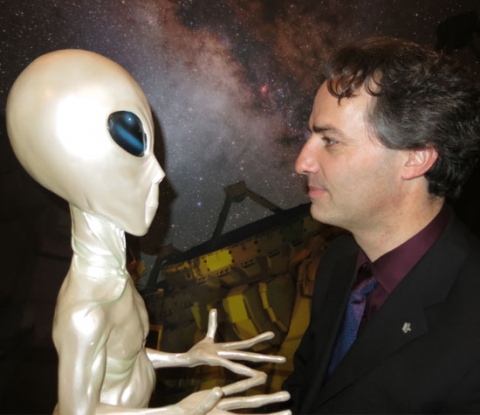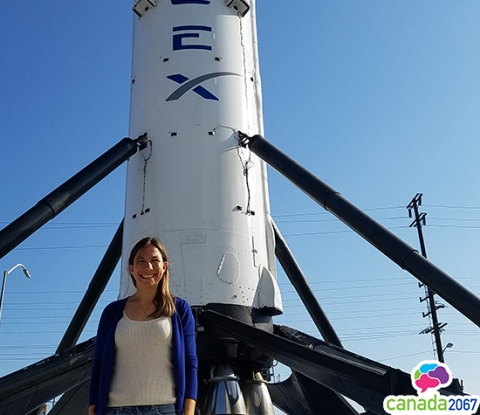
Resources on Physics and Aerospace

Image of the physics of flight on a drone (©2019 Let’s Talk Science)

Image of the physics of flight on a drone (©2019 Let’s Talk Science)
How does this align with my curriculum?
Curriculum Alignment
AB
10
Knowledge and Employability Science 10-4 (2006)
Unit B: Understanding Energy Transfer Technologies
BC
11
Physics 11 (June 2018)
Big Idea: An object’s motion can be predicted, analyzed, and described.
NU
10
Knowledge and Employability Science 10-4 (2006)
Unit B: Understanding Energy Transfer Technologies
YT
11
Physics 11 (British Columbia, June 2018)
Big Idea: An object’s motion can be predicted, analyzed, and described.
YT
12
Physics 12 (British Columbia, June 2018)
Big Idea: Measurement of motion depends on our frame of reference.
NT
10
Knowledge and Employability Science 10-4 (Alberta, 2006)
Unit B: Understanding Energy Transfer Technologies
NU
6
K-6 Science and Technology Curriculum (NWT, 2004)
Matter and Materials: Properties of Air and Characteristics of Flight
NT
6
K-6 Science and Technology Curriculum (NWT, 2004)
Matter and Materials: Properties of Air and Characteristics of Flight
PE
6
Integrated Curriculum Grade 6: Science (Draft 2023)
DK 1.4: Various forces and factors enable flight and exciting ways of traveling through the air.
PE
6
Integrated Curriculum Grade 6: Science (Draft 2023)
DK 1.4: Investigate forces and factors involved in flight.
YT
12
Physics 12 (British Columbia, June 2018)
Big Idea: Forces can cause linear and circular motion.
BC
11
Earth Sciences 11 (June 2018
Big Idea: Astronomy seeks to explain the origin and interactions of Earth and its solar system.
ON
12
Earth and Space Science, Grade 12, University (SES4U)
Strand C: Planetary science (Science of the Solar System)


